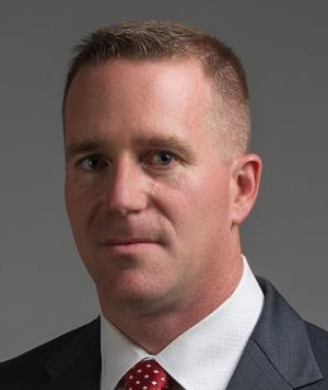Publish Date
May 03, 2022
Black Swan Siblings: How Should Private Equity Investors in Manufacturing Companies Respond?
Service / Industry: ManufacturingOperations ManagementPrivate EquitySupply Chain & Procurement Services
Risk, Reality and Reward: A Navigation Playbook
Some economists are calling today’s inflation transitory while others are labelling it permanent. Regardless of which label, PE firms must act now in order for their portfolio companies to remain competitive and profitable.
The Covid-19 black swan has a new sibling: Vladimir Putin. The unprovoked actions carried out in Ukraine have had rippling effects around the world, inflicting physical, mental and emotional wounds, with the ensuing humanitarian crisis emerging at the forefront. Of lesser importance, though still a direct economic consequence of this ongoing crisis, is the persisting uncertainty of the global supply chain. Subsequently, raw materials and energy supplies will now be restricted causing further upward price pressure on everything from wheat to widgets.
In 2021, it was possible to pass on higher costs to customers given the inflation on input costs, labor shortages, supply bottlenecks and unpredictable demand that was driving rapid business lifecycles. De facto, a lot of businesses were seeing little price elasticity. In the later part of 2022, however, we expect volumes beginning to decline as the pent-up demand begins to wane. In parallel, the Federal Reserve is anticipating up to seven interest rate increases during the year, so businesses must prepare for inflation being tamed, and potential price decline, or deflation. Together, these factors will put significant pressure on EBITDA and cash flows. Particularly manufacturing companies owned by PE will see the full impact of elevated costs, and must quickly address direct manufacturing, procurement, and distribution and logistics costs, especially those that will eventually decline or revert with the market.
READ MORE FROM THIS SERIES:

